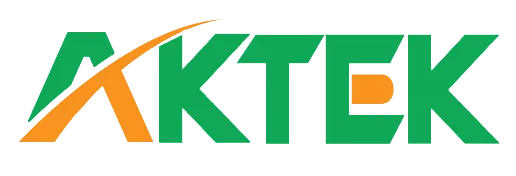The main reasons for tool alignment during CNC machining include the following:
1. Determine tool position: CNC machining relies on pre-set tool paths, which are based on the precise position of the tool tip in the machine coordinate system. Due to the unknown offset between the actual position of the tool tip and the machine coordinate origin during tool installation, tool alignment is performed to measure this offset and ensure that the specified tool motion trajectory in the CNC program matches the actual tool tip trajectory.
2. Ensure machining accuracy: The accuracy of the tool directly affects the machining accuracy of the part. If the knife is not correct or the knife is not accurately aligned, it may lead to over cutting, under cutting, and other phenomena, thereby affecting the dimensional accuracy and surface quality of the workpiece.
3. Handling tool differences: Even for tools of the same type and specification, the manufacturing tolerances, wear levels, and repeated positioning errors during installation can cause changes in the position of the tool tip. Knife alignment can address these differences and ensure that the blade tip remains in the correct relative position after each knife change.
4. Establish a workpiece coordinate system: When programming CNC, a workpiece coordinate system is usually selected, with its origin (workpiece origin) coinciding with a specific point of the part (such as design or process reference). The tool alignment is to determine the absolute position of the origin of the workpiece in the machine coordinate system, achieving the unity of the programming coordinate system and the actual machining coordinates.
5. Support multi tool machining: For situations where multiple tools are used for machining, the corresponding tool compensation parameters for each tool need to be obtained through tool calibration to ensure accurate machining according to the programmed path when switching between different tools.
Therefore, tool alignment is a fundamental operation in the CNC machining process, which ensures that the virtual coordinates used during programming match the actual position of the tool movement during actual machining, thereby ensuring the automation, efficient production, and high-precision machining requirements of CNC machine tools.
